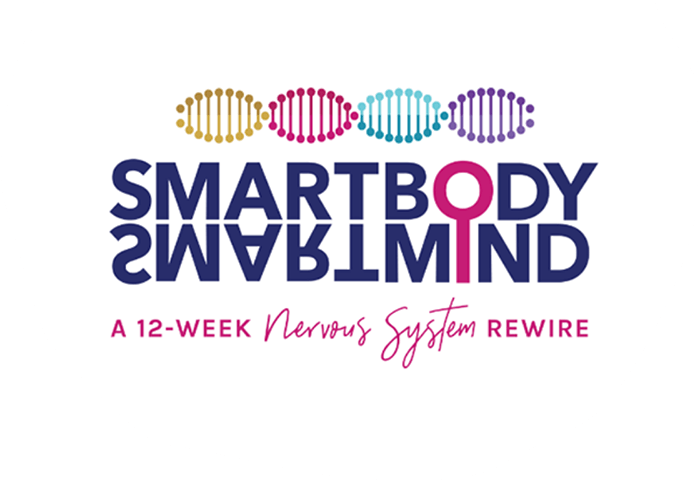This section addresses the following questions:
- Why is this so intense? It’s just breathing. I’m wondering if it’s too much for my system right now?
- After this lab’s exercises, I’ve noticed strong emotions and pain in my body. Is this from unfreezing in my system? Do I just sit with these feelings, or revisit the lessons?
- I did the exercise with ease, but had trouble later in the day with regulating my breath, and had unusual insomnia. Does focusing on the inhale activate the sympathetic nervous system?
- Is the upper chest more associated with the sympathetic/fight/flight and the belly with parasympathetic/shutdown?
- If even breathing feels a little scary, how can a person work on establishing a feeling of safety in the breath?
This exercise will often bring up strong reactions, because there is commonly a lot of shock and other intense emotion that gets stuck in these areas of the chest, and so we will unconsciously keep ourselves from breathing into these quadrants, because of the emotional energy there, and so over time these quadrants of the lungs and chest get stiff and resistant to expansion.
So, by breathing through the mouth deliberately into different regions of the chest, we are encouraging a process of discovery that will likely lead to encountering places that feel stuck, and then, if we keep it up, we will likely find the emotions there that the stickiness is holding in place.
Starting to free up these areas can definitely lead to big emotions, memories of trauma, and uncomfortable sensations, even for a while after we have left the practice. If this should happen for you, just know that this is actually a good thing — these are some of the old, stuck energies we are wanting to free up! If this happens, just leave the exercise and allow the things you are feeling to be felt and expressed, and remember to stay oriented to your present environment. Then maybe leave it and come back the next day.
Focusing on breathing in through the mouth raises the heart rate and stirs up the sympathetic system; that’s part of why old experiences of unresolved sympathetic activation (Fight/Flight) can get stirred up and released by doing this. Having relaxed, natural breaths with a nice expansion of the diaphragm into the belly tends to be more associated with healthy parasympathetic function; that nice rest/digest state. But the kind of breath associated with the extreme end of the parasympathetic function, the shutdown response, is very different. It is very shallow and slow, almost nonexistent.
If this exercise feels scary to you, then just know that’s because it’s almost certainly very valuable for you to do! It wouldn’t feel scary unless there was something there to be discovered. If this is the case, then titration is key. Just follow along with the recording a little bit, until you notice fear coming up. Then pause it. Stop. Don’t think about breathing in any certain way, just let the breath happen, orient to your external surroundings, feel your butt and your feet making contact with the surfaces they are on. Let yourself settle. Then maybe try a little more.
